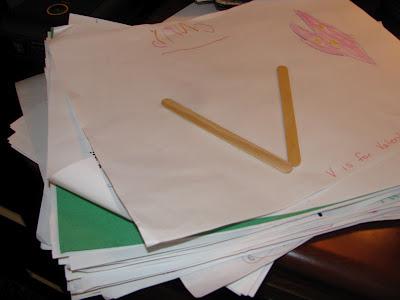 Today we're going to do a quick run down on scanning images to archive your child's artwork, followed by a few short tips for preserving originals.
Today we're going to do a quick run down on scanning images to archive your child's artwork, followed by a few short tips for preserving originals.Scanning originals. When archiving children's artwork scanning works well if you don't wan to mess around with lighting and photographing each piece. Honestly I think once set up, photographing is easier and goes faster.
 Scanning does have it's advantages, especially when working with smaller pictures and light crayon or colored pencil drawings. Additionally if the paper is wrinkled or warped, scanning will give you a clear, crisp image without worrying about crinkles and shadows.
Scanning does have it's advantages, especially when working with smaller pictures and light crayon or colored pencil drawings. Additionally if the paper is wrinkled or warped, scanning will give you a clear, crisp image without worrying about crinkles and shadows.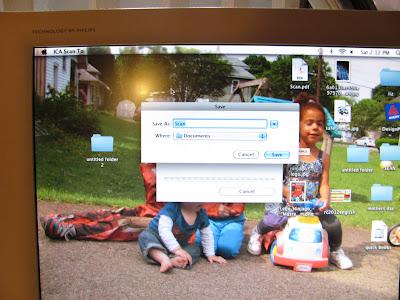
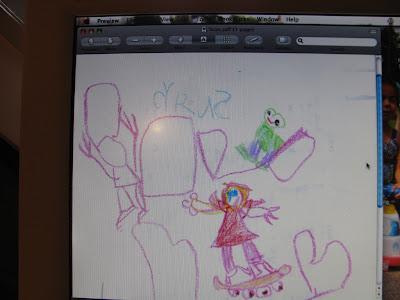 Scanning pictures is pretty straight forward. Scan your image and upload them to the computer. Once on your desktop you have the option of saving them as a jpeg or pdf. If you want to work with them within a photo editing program like iphoto, picasa, picnic or photoshop store them as a jpeg. The option of saving it as a pdf or an additional pdf file will allow for the best quality image when re-printing, you can use the snapshot tool in adobe to resize your image canvas.
Scanning pictures is pretty straight forward. Scan your image and upload them to the computer. Once on your desktop you have the option of saving them as a jpeg or pdf. If you want to work with them within a photo editing program like iphoto, picasa, picnic or photoshop store them as a jpeg. The option of saving it as a pdf or an additional pdf file will allow for the best quality image when re-printing, you can use the snapshot tool in adobe to resize your image canvas.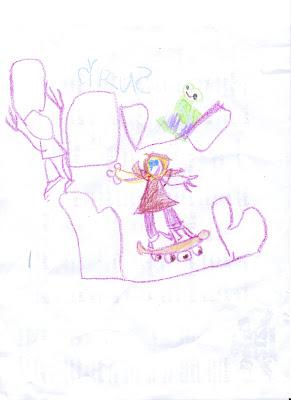
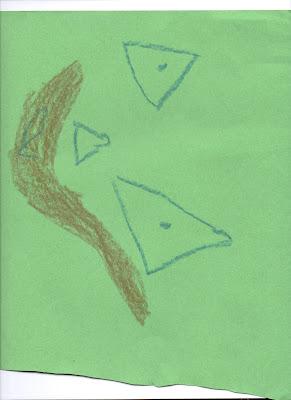 That's about it, like I said scanning, pretty straight forward. Next week I'll feature a few simple steps once your images are uploaded to edit in iphoto and picasa/picnic.
That's about it, like I said scanning, pretty straight forward. Next week I'll feature a few simple steps once your images are uploaded to edit in iphoto and picasa/picnic.To finish up this quickie post, here are a few tips for preserving your
children's artwork originals:
- Store in a cool, dry place
- Use a portfolio, binder or folder with plastic sleeves to organize & protect artwork
- Consider laminating artwork so that it is sealed and protected around every border
- Frame artwork to display, use protective glass so exposure to light doesn't fade pictures
- Keep out of direct sunlight or fluorescent lights to prevent fading
- Don't store inbetween cardboard, it attracts moisture
- Remember to date/ mark descriptions for future reference (I never remember, at least this archiving project will help me with dates!)
 Subscribe in a reader
Subscribe in a reader

